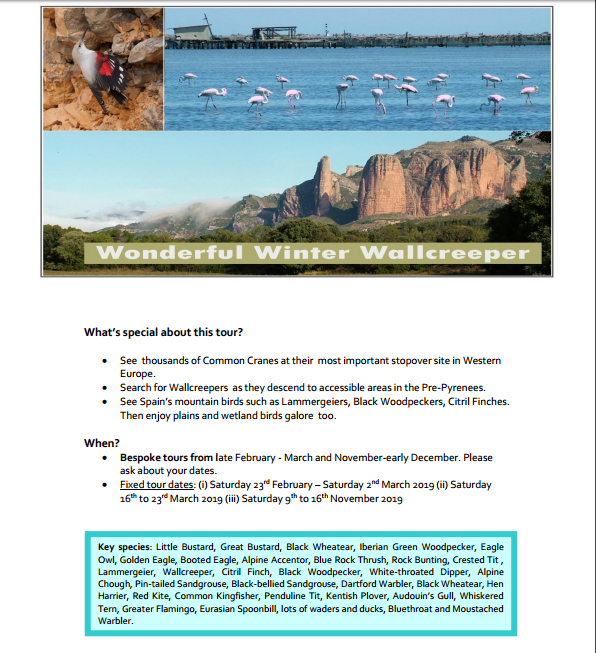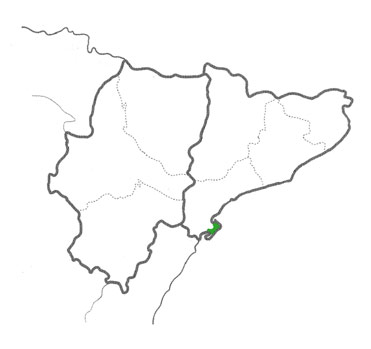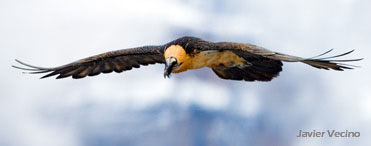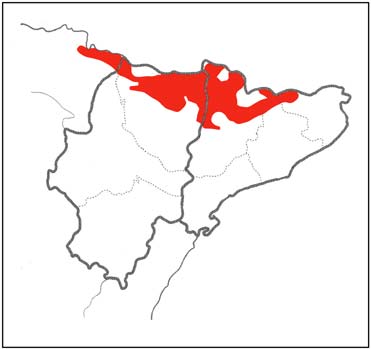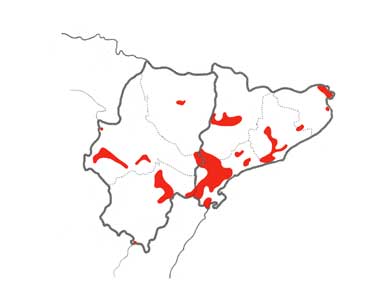On Friday the 20th June Gorka Gorospe, Byron Palacios and myself observed an adult Audouin’s Gull at the Laguna de Pitillas, in the east of Navarra, in northern Spain. According to Gorka, a local birder and the brain behind the Birding Navarra initiative, the species had never before been recorded in the region. In other words it was a first for Navarra. Congratulations, Gorka (he spotted it first!).
I should also say a thing or two about Pitillas itself. What a great birding site! It’s the largest and most important wetland site in Navarra, and just a stone’s throw from the semi-desert of the Bardenas Reales (that’s another story though). It has a reception area, a hide and marked trails and most important of all a lot of interesting birds. Apart from the Audouin’s Gull, which won’t be there when you visit, we also saw Bittern, Bearded Tit, 2 Ruddy Shelduck, Montagu’s Harrier, Red-crested Pochard, Calandra Lark, Short-toed Lark, Tawny Pipit, Little Ringed Plover, Bee-eater, Great Reed Warbler….
And with the San Fermines approaching, need I say more?
